West Bengal – Culture and Tradition
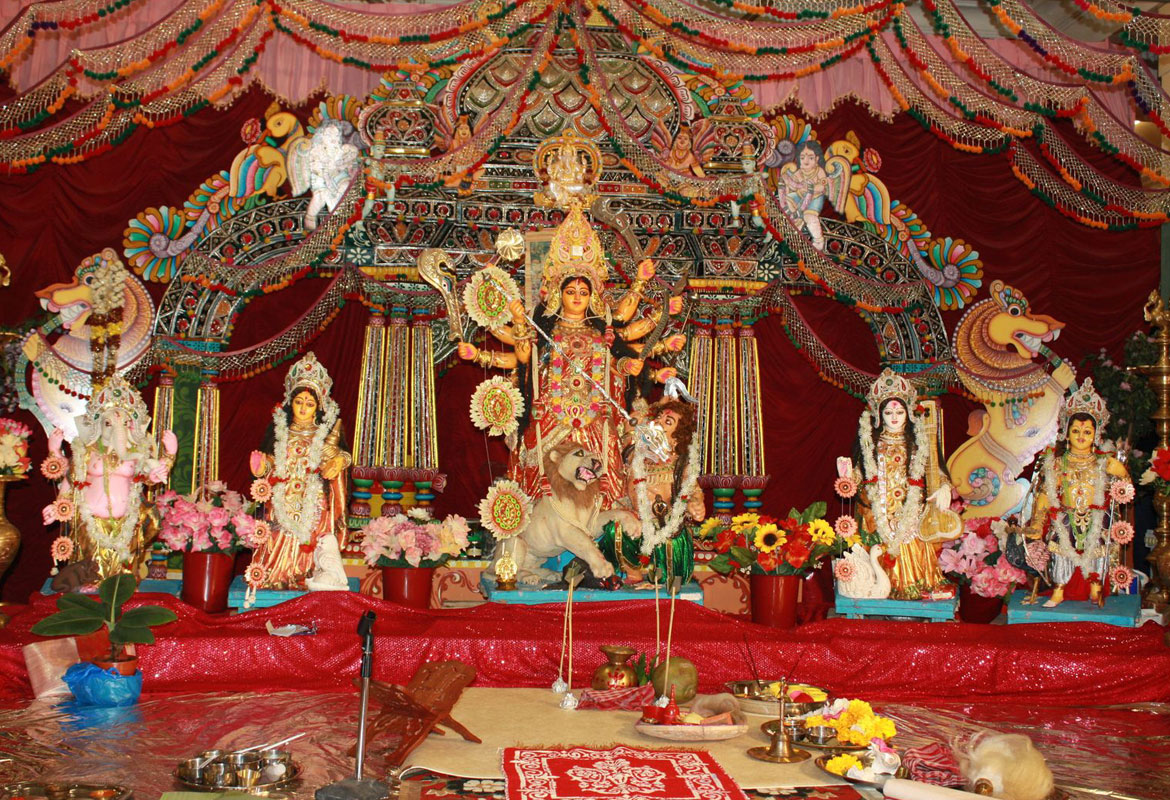
Bengal is at the eastern end of the Gangetic plains, the apex of the Bay of Bengal. It is made up of the Ganga-Brahmaputra delta system.
Kolkata the capital of West Bengal is also called the cultural capital of India as it was the birthplace of many Indian literary and artists like Rabindranath Tagore, Bankim Chandra Chatterjee, Swami Vivekananda, Raja Ram Mohan Roy, and Satyajit Ray who made Bengal the face of progress and culture in India.
The people of Bengal’s culture and traditions are much more the same as neighboring Country Bangladesh, the most common language used is Bangla.
History
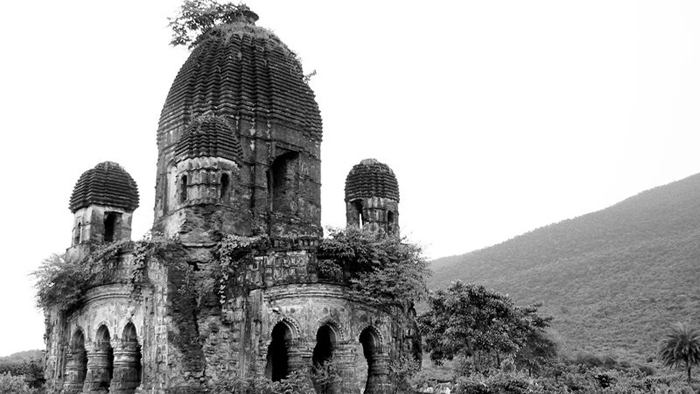
The area is dominated by the Ganges and the Brahmaputra river’s fertile delta. Stone Age tools dating back 20,000 years have been excavated in the state, while archaeologists discovered civilization in certain parts in the first millennium BC.
Mahabharata suggests Bengal was divided into various parts according to tribes or kingdoms. The Vanga Kingdom was the first powerful seafaring nation of Bengal, with the invasion of Alexander the Great the region again came to prominence but Alexander withdrew from the region because of the Gangaridai empire that was located in the Bengal region.
Later Bengal came under the Gupta Empire. By the 6th century, the Gupta Empire, which ruled over the northern Indian subcontinent had largely broken up and Bengal splintered into various kingdoms, then comes the Mallabhum rule and the Pala Empire. Then the invasion by the Chola dynasty and Western Chalukya Empire led to the establishment of the Sena dynasty.
Bengal has always been the gateway to the eastern parts of the Indian subcontinent. It is the shortest and easiest route from the Bay of Bengal to the Himalayas which makes it a commercial hub that connected the sea to the famous Silk Route. After the fall of the Mughal Empire, the focus of Indian culture and politics shifted from Delhi to Calcutta. The city gradually became the capital of British India.
Bengal played a pivotal role in the Indian freedom movement, many leaders of the Indian freedom struggle hailed from Bengal like Chittaranjan Das, Surendranath Banerjea, Netaji Subhas Chandra Bose, Prafulla Chaki, Bagha Jatin, Khudiram Bose, Surya Sen, Binoy–Badal–Dinesh, Sarojini Naidu, Aurobindo Ghosh, Rashbehari Bose, and many others.
Bengal was divided into the state of West Bengal of India and the province of East Bengal under Pakistan, renamed East Pakistan in 1958. East Pakistan (East Bengal) rebelled against Pakistani military rule to become the independent republic of Bangladesh, literally the “Land of Bengal”, after a war of independence against the Pakistani army in 1971.
Tradition of Bengal
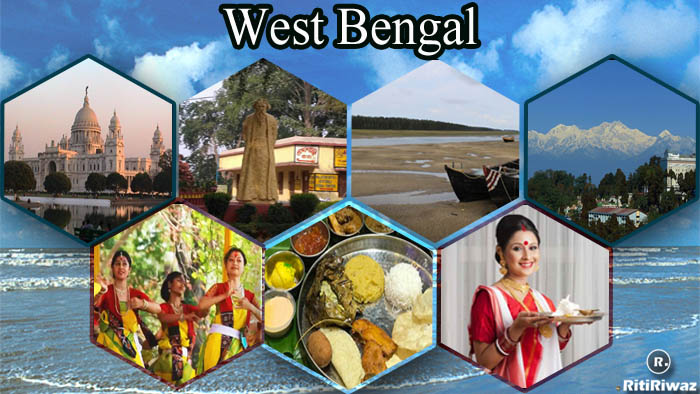
Bengal was the richest part of Medieval India, West Bengal has a long tradition of popular literature, music, and drama largely based on Bengali folklore and Hindu epics and Puranas.
A Bengali wedding ritual and ceremonies can span several days. In most cases, it starts with the Kabin ceremony and ends with the Bou Bhat ceremony and usually, the rituals are classified as the Ghoti and Bangal rituals.
Festivals of Bengal
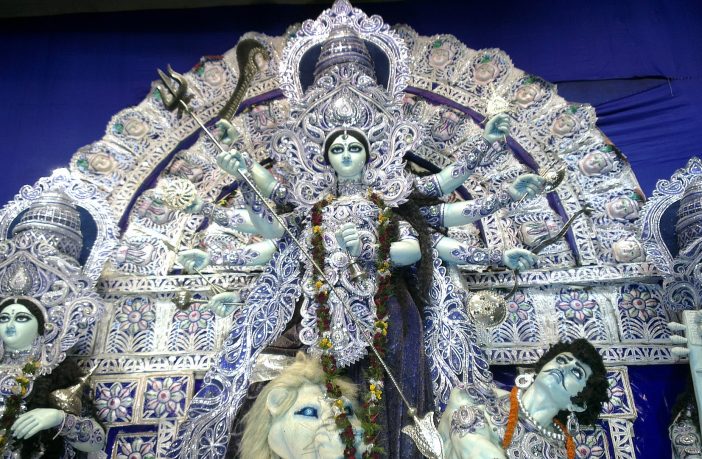
Durga Puja is the biggest festival in Bengal and is the most vibrant festival throughout the state. Temporary pandals are raised everywhere to worship goddess Durga.
Besides there are other festivals of importance too like Dolyatra, Saraswati Puja, Kojagori Lakshmi Puja, Rath Yatra, Janmashtami, Jagaddhatri Puja, Shivratri, Vishwakarma Puja, Kartik Puja, Raas Yatra, Ganesh Chathurthi, Eid al-Adha (Bakr-Id), Muharram, Buddha Purnima, Poush Parbon, Gajan, Bhai Phonta, Pohela Boishakh, Ganga Sagar Mela. Poyela Boishakh is the first day of the Bengali new year.
Costumes of Bengal
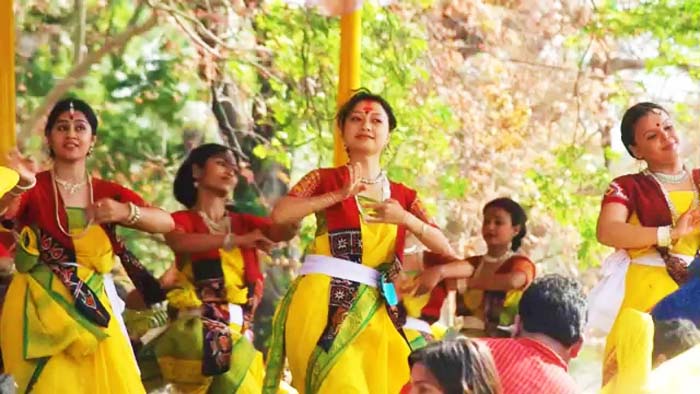
Though Bengali women traditionally wear the sari and shalwar kameez, Western attire has gained acceptance among younger and professional women. While the traditional costume for men is the dhoti, panjabi kurta, sherwani, pajama, and lungi.
Suggested Read: Traditional Dresses Of Indian States
Cuisines in Bengal
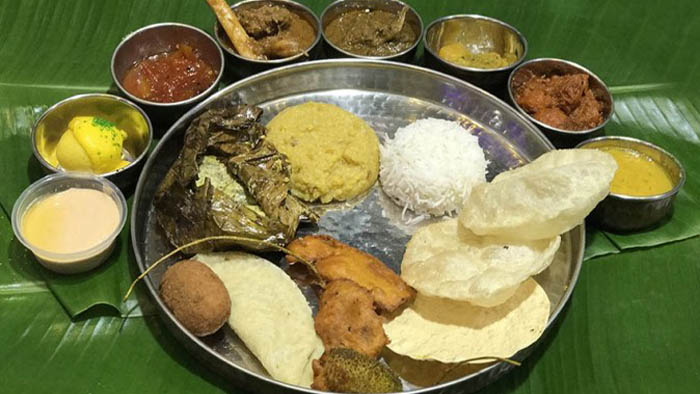
Boiled rice and roti constitute the staple Bengali food, and are served with a variety of vegetables, fried as well with curry, thick lentil soups, and fish, egg and meat preparations of mutton and chicken, and more rarely pork, duck, lamb, and beef by certain groups.
Sweetmeats are mostly milk-based, and consist of several delights including roshgulla, doi, sandesh, rasamalai, amriti, kalo jamun, pantua, rajbhog, gaja, bonde, pithe, mihidana, laddu, and chom-chom.
Suggested Read: Famous Food Of Indian States
Music and Dances of Bengal
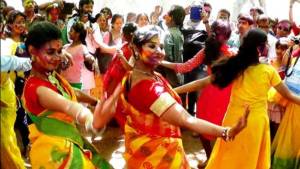
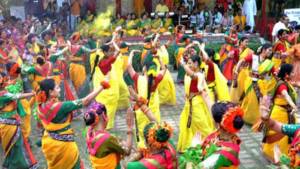
The Baul tradition is a unique heritage of Bengali folk music, while Gombhira, Bhawaiya, kirtans, and Gajan festival music are also other folk music. Bengal dance form is Chau dance, Gaudiya Nritya.
Famous tourist attraction
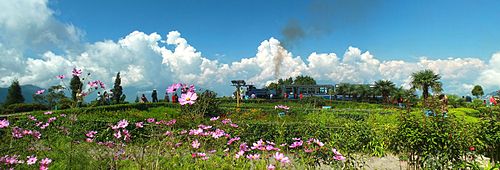
Tourist spots in West Bengal are Darjeeling, Toy Train, Cooch Behar Palace, Dooars, Jaldapara National Park, Gorumara National Park, Howrah Bridge, Belur Math Shrine, Botanical Gardens, and Victoria Hall.
Suggested Read: Formation Dates of Indian States






